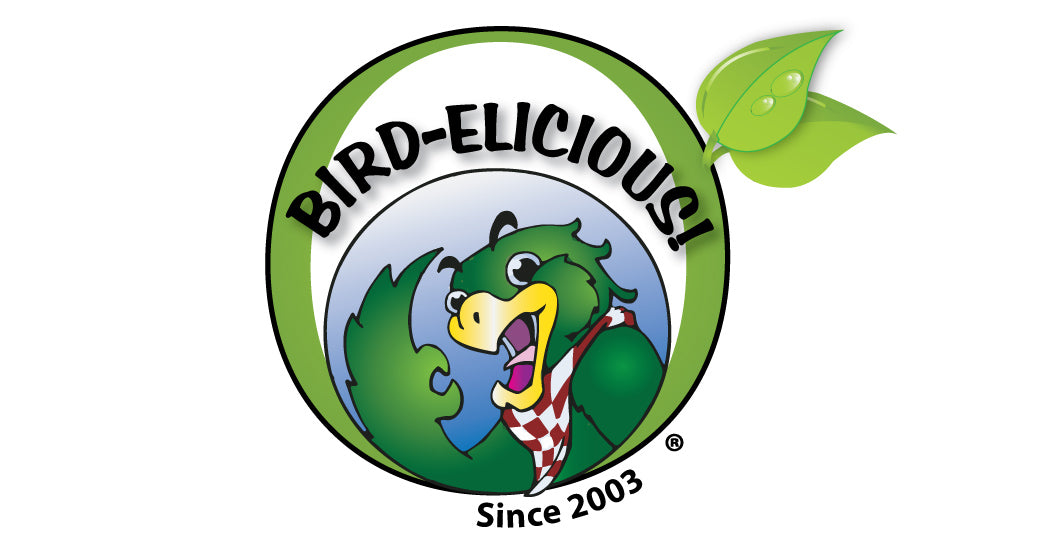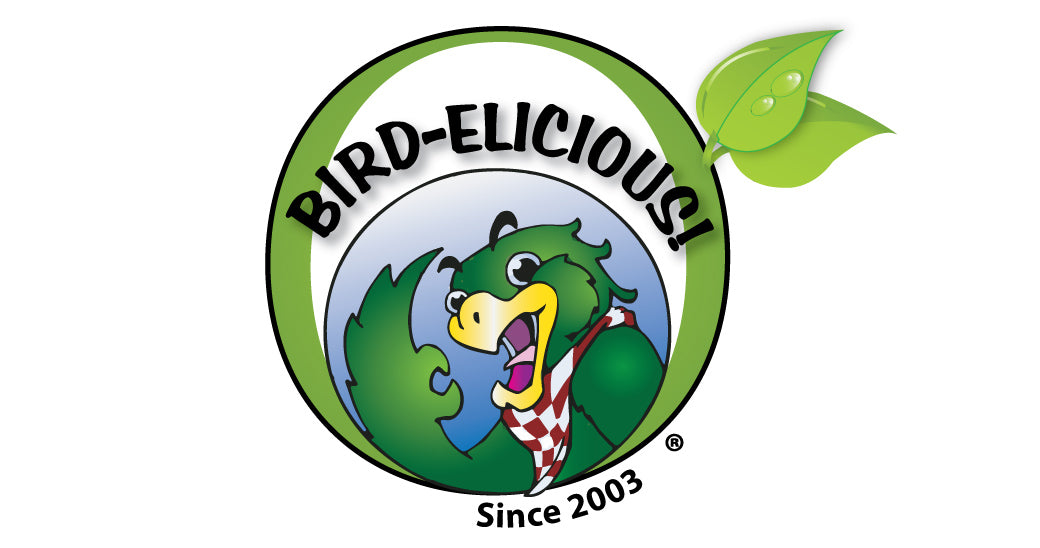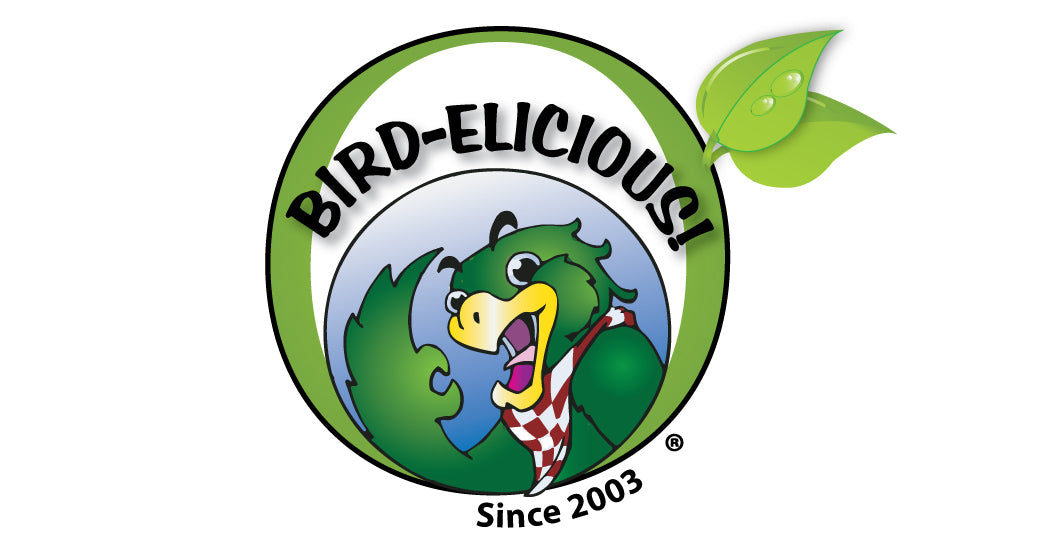Today I want to spotlight yet another couple of products that claim to help with feather destruction and feather condition, but these don’t contain palm oil or canola oil. Instead, their main ingredient is L-theanine. And honestly if the products stopped at that ingredient, and noted that the L-theanine used did not contain any GMOs I would probably support the use of these products, but the ingredient list doesn’t stop there, and I don’t support the other ingredients in the products and therefore I don’t support the use of the products.
Obviously, I can’t mention the actual name of the products, I would be opening myself up to a lawsuit. You will have to use your great intelligence to figure out the products I am describing and discussing, but I bet you will be very “calm” and “terrific” in figuring out what products I am describing! <wink>
The first product in the manufacturer’s overall protocol for regenerating your plucker’s feathers, the “calming” phase contains lecithin (note: correct spelling is “lecithin”, not “lethicin”). Lecithin is normally derived from soybeans, a commonly known allergen. As we have all come to understand soybeans contain phytoestrogens that can, at minimum interrupt the delicate natural hormonal balance of a bird’s hormonal system. Soybeans have been found to upset the overall endocrine system. In fact the main phytoestrogen in soy known as genistein is so potent Heather Patisaul PhD, a development biologist at the N. Carolina State University claims it lingers in the body acting like and causing similar effects of the horrid chemical we all try to avoid known as “BPA.” Most forms of lecithin are GMOs, and if not specifically stated on the packaging label you may as well figure that you are feeding GMO lecithin to your bird if you are using this product, even if the lecithin in this product comes from sunflower lecithin and not soybeans. Manufacturers’ of products not containing GMOs are more than willing to state on their package labels when their products do not contain GMOs. The ingredient list states this product is combined with maltodextrin. Maltodextrin is used both as a filler to cut down on the cost to manufacture a product, and is commonly known to contain MSG, a flavoring ingredient which is listed as an “excitotoxin.” This a labeling legal loophole. As long as the MSG is added to the maltodextrin before the end-manufacturer adds the maltodextrin to the final product, the end-manufacturer is not required to list the MSG on the package label. In other words, if the end-manufacturer buys the maltodextrin from a manufacturer with the MSG already added then the end-manufacturer isn’t required to list the MSG on their package label. Also, it is stated in the description that this product “cannot be overdosed.” I beg to differ. Simply due to the fact that the FDA has listed any product containing soybean derivatives in it as a potential allergen I personally believe this product can be overdosed. In addition, if this product contains “salicylates”, which most OTC laboratory-produced remedies do as a buffer or filler this product could easily be overdosed adding to or causing internal hemorrhaging. Salicylates are naturally occurring blood thinners when found in many plant-based foods, but when eaten along with the foods that contain them they are mitigated by the other constituents within those foods, i.e. naturally occurring carbohydrates such as pectin and hemicellulose, vitamins and minerals. However, when salicylates are found as man-made, laboratory-produced salt compounded isolates in an over-the-counter remedy there are no buffers to slow down entrance into the rapidly absorbing system of a high metabolizing relatively small exotic bird.
The second product in the manufacturer’s overall protocol for regenerating your plucker’s feathers, the actual product that claims to “help your bird grow fabulous feathers”, contains corn meal as the very first ingredient. Corn meal is a cheap filler ingredient used to “bulk up” the product so the manufacturer can increase their profit margin. Here again, there is no statement claiming the corn meal used is certified organic so we must assume the corn is GMO because almost all corn produced nowadays is. Of course this also probably means the corn contains glyphosates. This product states clearly it contains soy lecithin, and it does not state it is non-GMO. So if you are using both products, as recommended by the manufacturer your bird is receiving a whole heck of a lot of phyotestrogens. But wait, there’s more. After reading a very long list of synthetic vitamins, we finally arrive at menadione dimethylpyrimidinol. A lot of controversy surrounds this synthetic form of fat-soluble Vitamin K. It is a fat-soluble vitamin. A bird MUST have enough dietary fat within its individual system to absorb and metabolize this synthetic form or this form of Vitamin K will literally sit in the liver where it will become toxic, damage the liver and potentially cause enough toxicity your bird may succumb to death. In fact, this form of Vitamin K is so toxic that maximum levels have been established for whole and complete daily diets for chicken and turkey feed at the rate of not more than 2 grams per ton of COMPLETE feed! Do you realize how very little of an amount that is for a complete daily diet mix? Now translate that amount down to an over-the-counter supplement like this (which is not a complete daily diet) for an average-sized parrot and you have a time bomb in the making…and some so-called experts, even the manufacturer are saying it’s okay to “double and triple dose” this product! I.don’t.think.so.
You will not find me using either of these products on any of our Providence Exotic Bird Sanctuary residents, nor will I be recommending these products to any of my consultation clients for their beloved companion feathered (or un-feathered) friends.
Why do I write such controversial articles like this? Is it to put money in my own pocket? No, I don’t stand to make any money from any of this. I don’t sell products that can replace these products. To be quite honest I really don’t believe in OTC remedies unless they contain all-natural ingredients with no buffers or fillers. Every ingredient in a product should account for itself and have a good, solid reason for why it is in the product. I write articles like this because like all of you I love parrots and care for several myself. The last thing I want to do is bring any more harm to our beloved exotic birds than they have already suffered at the hands of well-meaning, but uneducated, ill-informed people who have been hornswoggled by snake-oil salespeople. My mission is to help the larger avian community educate themselves and know the truth about the commercialized products they are buying.
Many times you can achieve the results you desire by using individual ingredients without all of the other fillers, buffers and synthetic ingredients added in, at a much lower cost with a lot more safety. You only need to educate yourself how to make use of the individual ingredients to cause them to be truly effective. Power to the people!
©8.30.16 Passion Tree House LLC




Leave a comment (all fields required)